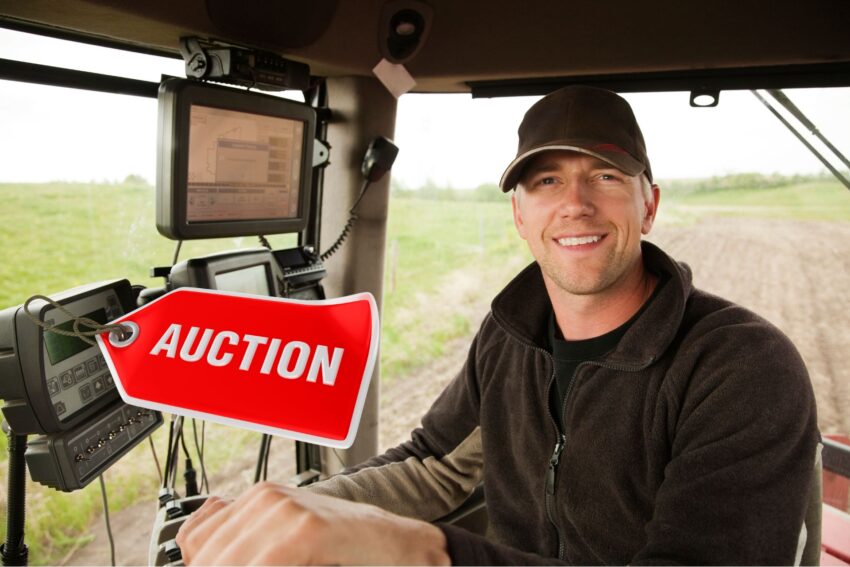As we navigate through 2024, the agriculture equipment market is at a pivotal juncture, characterized by a notable glut of new machinery, shifting farmer preferences, and significant dealership dynamics. Here’s a comprehensive overview of the current landscape and what the future might hold.
The market has recently seen an influx of new agricultural equipment, leading to what industry observers might call a ‘glut’.
An Overabundance of Equipment
This overabundance has been influenced by several factors:
Manufacturing Overcapacity: Post the tumultuous years of supply chain disruptions, manufacturers ramped up production, leading to an oversupply of new machines.
Economic Rebound: Following economic recovery efforts, there was an initial surge in demand for new equipment, which has since plateaued or declined, leaving dealers with full lots.
Technological Advancements: The introduction of new technologies like GPS, automation, and enhanced efficiency features has pushed manufacturers to roll out new models, contributing to the surplus.
Dealership Challenges
Due to this, and other factors, dealerships are facing unprecedented challenges:
Inventory Overload: With new equipment not selling as expected, dealerships have turned into vast storage lots, impacting cash flow and leading some to explore alternative revenue streams or reduce staff.
Pricing Pressure: The surplus has initiated a price war, where dealers are offering significant discounts to move inventory, affecting profit margins.
Shift in Business Models: Some dealerships are evolving, focusing more on service, parts, and financing, or exploring used equipment sales, where margins can sometimes be higher due to lower initial investment costs.
The Market for Used Equipment
The trend towards purchasing used equipment, often from auctions, is gaining momentum for several reasons:
Cost Efficiency: New equipment’s soaring prices, combined with economic uncertainty, have made used machinery a more attractive option for farmers looking to manage costs.
Adequate Technology: Modern used equipment often still contains advanced technology that meets the operational needs of most farms without the premium price tag of the newest models.
Financing Flexibility: Used equipment can sometimes be easier to finance with lower interest rates, especially through private sellers or auctions, bypassing traditional dealership financing which might be tied to new equipment.
Resale Value Awareness: Farmers are becoming more savvy about equipment that retains value, leading them to invest in machines known for durability and resale value, often found in the used market.
Future Landscape of Farm Equipment
Looking forward, the agricultural equipment market seems poised for transformation:
More Auctions: Dealerships are desperate to move their inventory, and buyers are looking for the best deal possible, so they will increasingly turn to online auctions.
Smart Farming: The integration of AI, IoT, and sustainable practices will likely define the next wave of equipment demand. Machines that reduce fuel consumption, optimize planting, or reduce environmental impact could see increased interest.
Market Correction: Over time, the market might see a correction with manufacturers adjusting production to match actual demand, potentially leading to a stabilization or even a shortage of specific models.
Equipment Leasing and Subscription Models: As ownership costs rise, leasing or subscription models for equipment could become more prevalent, offering farmers flexibility in adopting new technology without significant capital investment.
Global Market Influence: The agricultural equipment trends will not be isolated. Developments in technology and market demands from regions like Asia and South America, where agriculture is booming, will influence global manufacturers’ strategies.
Regulatory and Environmental Policies: Future regulations aimed at reducing emissions or promoting “sustainable” practices could dictate the type of equipment farmers invest in, favoring those that align with new standards.
While the current state of the agriculture equipment market might seem saturated, it’s a phase indicative of broader economic cycles, technological integration, and farmer adaptation. The future will likely see a more balanced market, with innovation at its core, potentially reshaping how farmers equip themselves for the challenges ahead.


